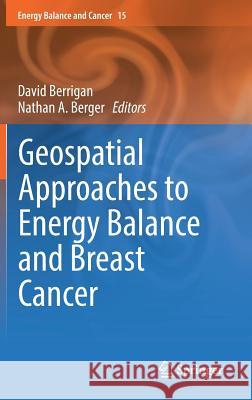Geospatial Approaches to Energy Balance and Breast Cancer » książka
topmenu
Geospatial Approaches to Energy Balance and Breast Cancer
ISBN-13: 9783030184070 / Angielski / Twarda / 2019 / 440 str.
Geospatial Approaches to Energy Balance and Breast Cancer
ISBN-13: 9783030184070 / Angielski / Twarda / 2019 / 440 str.
cena 574,29 zł
(netto: 546,94 VAT: 5%)
Najniższa cena z 30 dni: 574,29 zł
(netto: 546,94 VAT: 5%)
Najniższa cena z 30 dni: 574,29 zł
Termin realizacji zamówienia:
ok. 20 dni roboczych.
ok. 20 dni roboczych.
Darmowa dostawa!
Wydawca:
Springer
Seria wydawnicza:
Język:
Angielski
ISBN-13:
9783030184070
Rok wydania:
2019
Wydanie:
2019
Ilość stron:
440
Waga:
0.81 kg
Wymiary:
23.39 x 15.6 x 2.54
Oprawa:
Twarda
Wolumenów:
01
Dodatkowe informacje:
Wydanie ilustrowane











